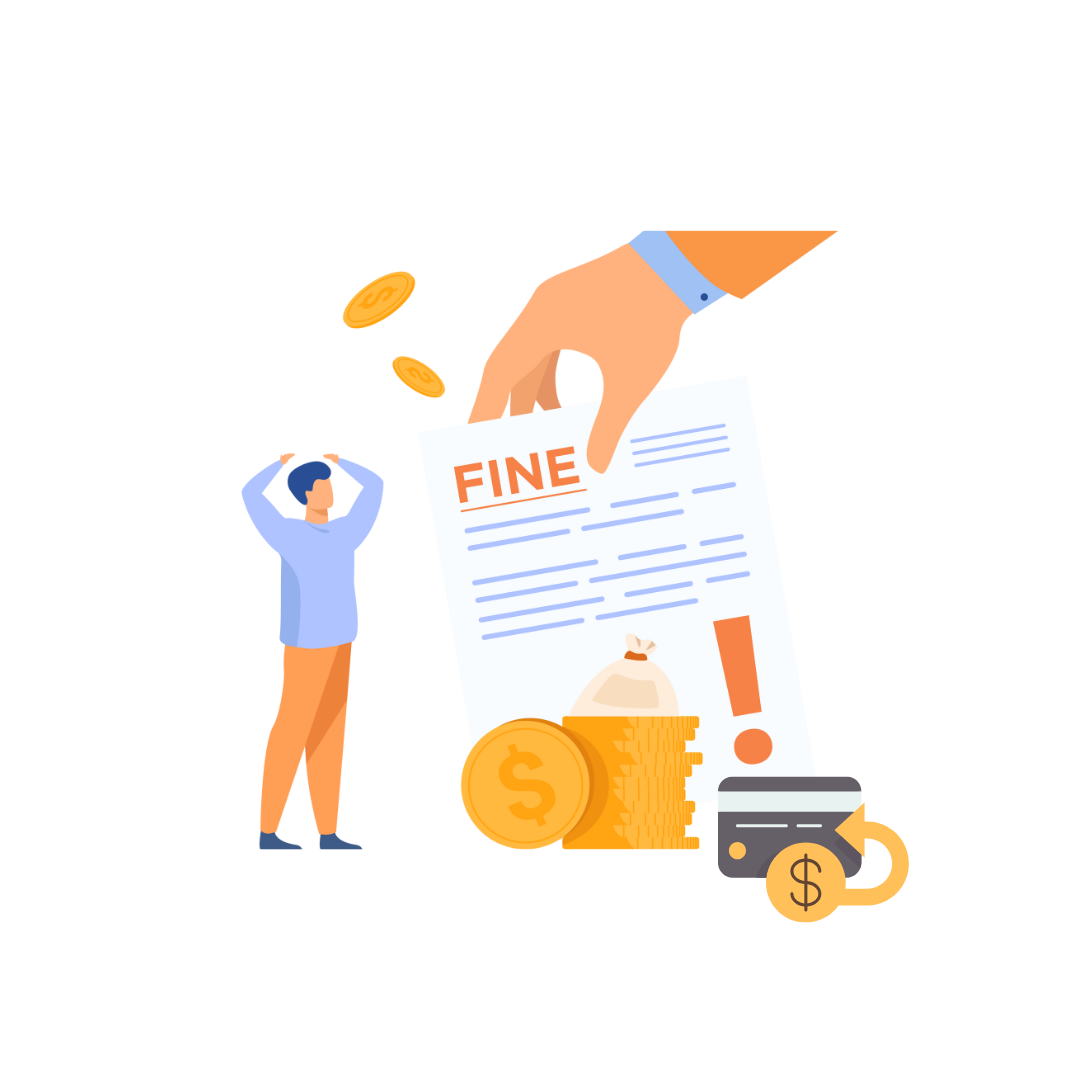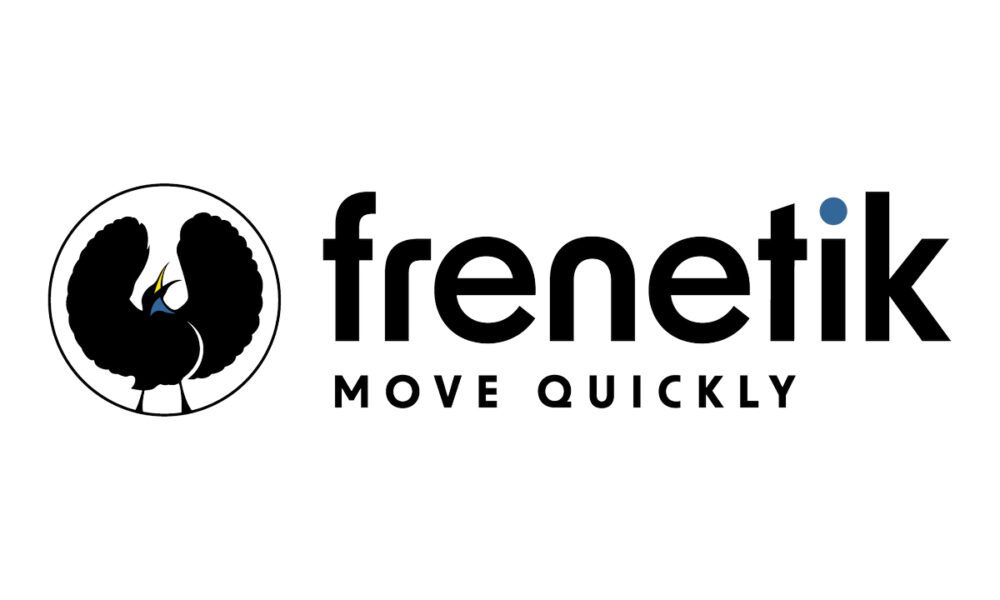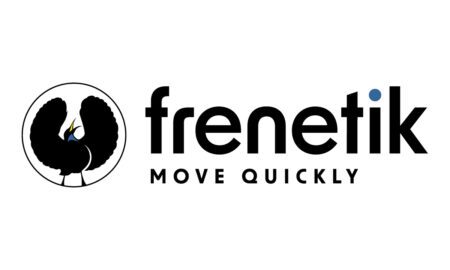Chargebacks aren’t random, they’re the invoice for tiny process misses. Retailers penalize late ASNs, incorrect labels, wrong pack sizes, mismatched pricing, and partial shipments that weren’t disclosed. The cost isn’t only the fee; it’s the rework, the lost slot, and the hit to the relationship.
The fix is boring on purpose: standardize intake, validate against your rules and the retailer’s, and surface exceptions before anything leaves the dock. That’s where an order hub such as OrderEase quietly earns its keep.
The Most Common Triggers
- Advanced Ship Notice (ASN) sent late or with bad data
- EDI segments missing (N1, LIN, SN1, PAL), wrong UOMs, or invalid GTINs
- Pricing on PO vs. invoice mismatch (promos, brackets, contract terms)
- Carton/pallet labeling errors (SSCC, GS1-128)
- Unauthorized substitutions or short ships with no pre-approval
Quick Sanity Checks that Prevent 80% of Issues
- Validate every incoming order against item master, price lists, and pack rules
- Confirm ship-from logic by region and inventory position
- Generate labels from system data, not spreadsheets
- Block orders that fail compliance until a human clears them
ASN timeliness, EDI reject rate, price variance rate, and mislabeled-carton rate.
Make Exceptions Visible Before the Truck Moves
You can’t stop chargebacks if exceptions hide in email threads. The operational pattern that works is a central rules engine that inspects each order at intake, EDI, portal, marketplace, or rep-entered—then routes it down one of two lanes: auto-approve or human review.
A Practical Exception Workflow
- Intake: Consolidate orders from all channels into one queue
- Validate: Check price, pack, tax, ship-to, terms, and inventory in real time
- Enrich: Add order tags (promo, allocation, priority customer)
- Decide: Auto-release clean orders; hold and alert on exceptions
- Resolve: Give ops a simple screen to fix UOM, price, or ship-from, then release
An application like OrderEase is built to do this day in, day out: normalize formats, apply business and retailer rules, and sync clean transactions to your ERP. It also feeds status, tracking, and invoices back to sales so they stop chasing updates.
Labels, ASNs, and “Perfect Paperwork”
Most compliance fees trace back to paperwork, not pallets. Treat documents as products with specs: ASN must match what’s on the truck, labels must match what’s in the ASN, and the invoice must match both.
Your compliance toolkit
- System-generated GS1-128/SSCC labels tied to the shipment record
- ASN creation from confirmed pick/pack data, not manual re-entry
- Price source of truth (ERP or contract file) applied at order release
- Retailer-specific packsheets and routing guides stored with the account
Rollout in three steps (H4)
- Turn on validations for your top two retailers;
- Standardize labels and ASN generation;
- Expand to the next five retailers once the error rate drops.
Chargeback rate under 0.5%, ASN on-time over 98%, and fewer than 1 mislabeled carton per 1,000 shipped.
The Bottom Line
Chargebacks shrink when orders are validated at intake, exceptions are resolved before picking, and paperwork is generated from system data, not spreadsheets.
If you’re running Salesforce or another CRM up front, consider handing off to an order hub like OrderEase in the middle so your ERP receives only clean, compliant transactions. The result is fewer fees, faster order-to-cash, and an ops team that can finally breathe.





























